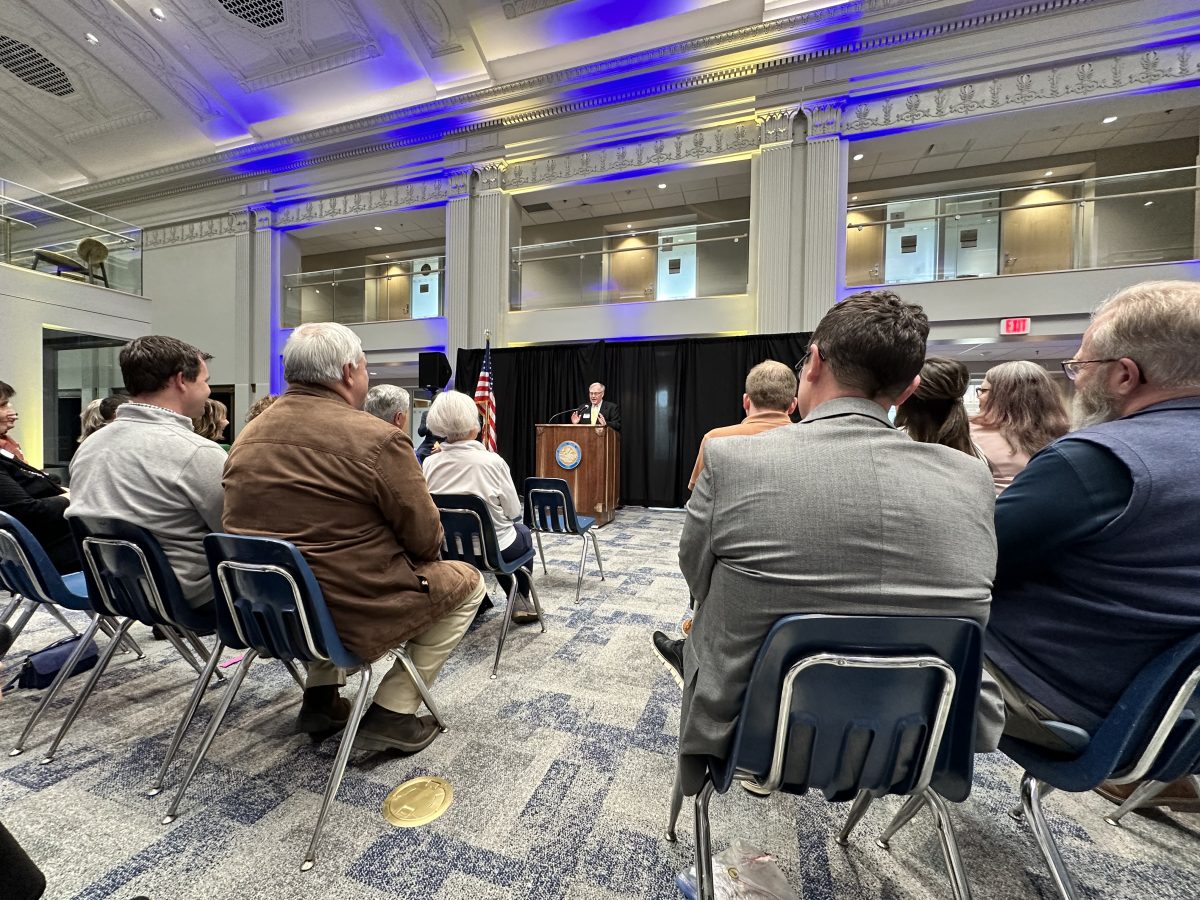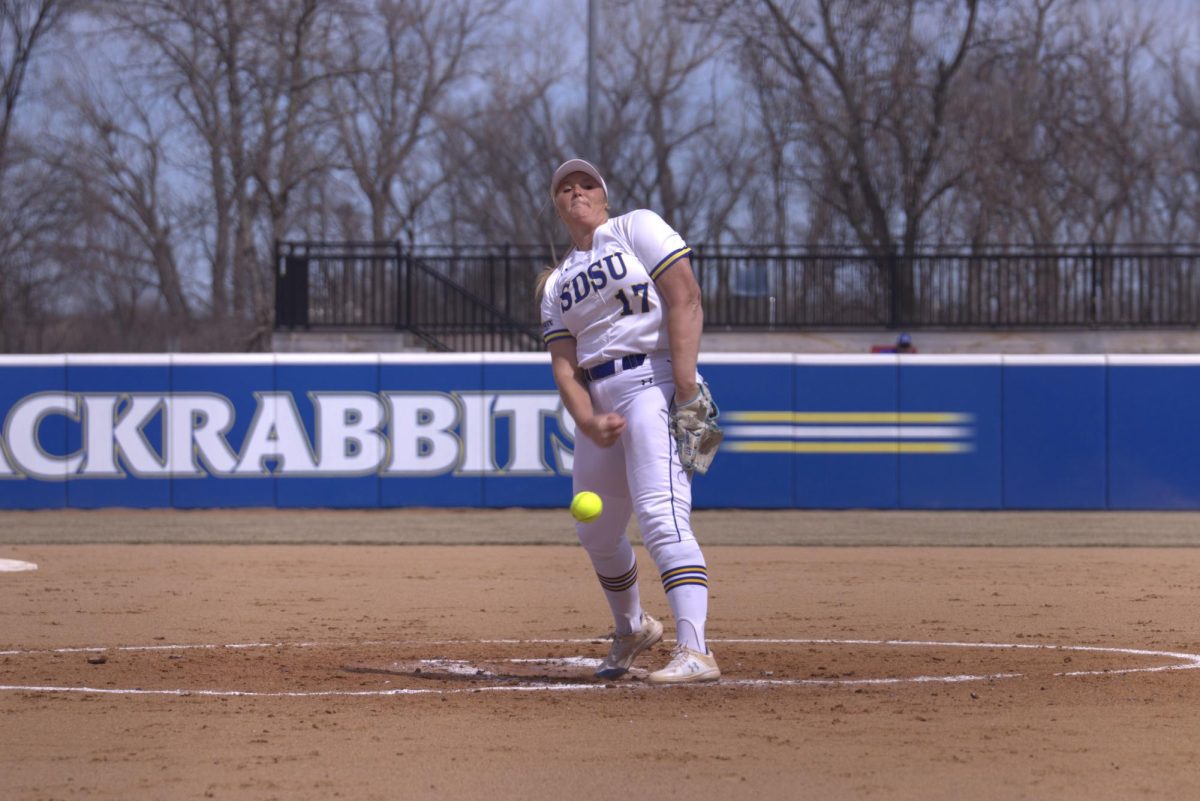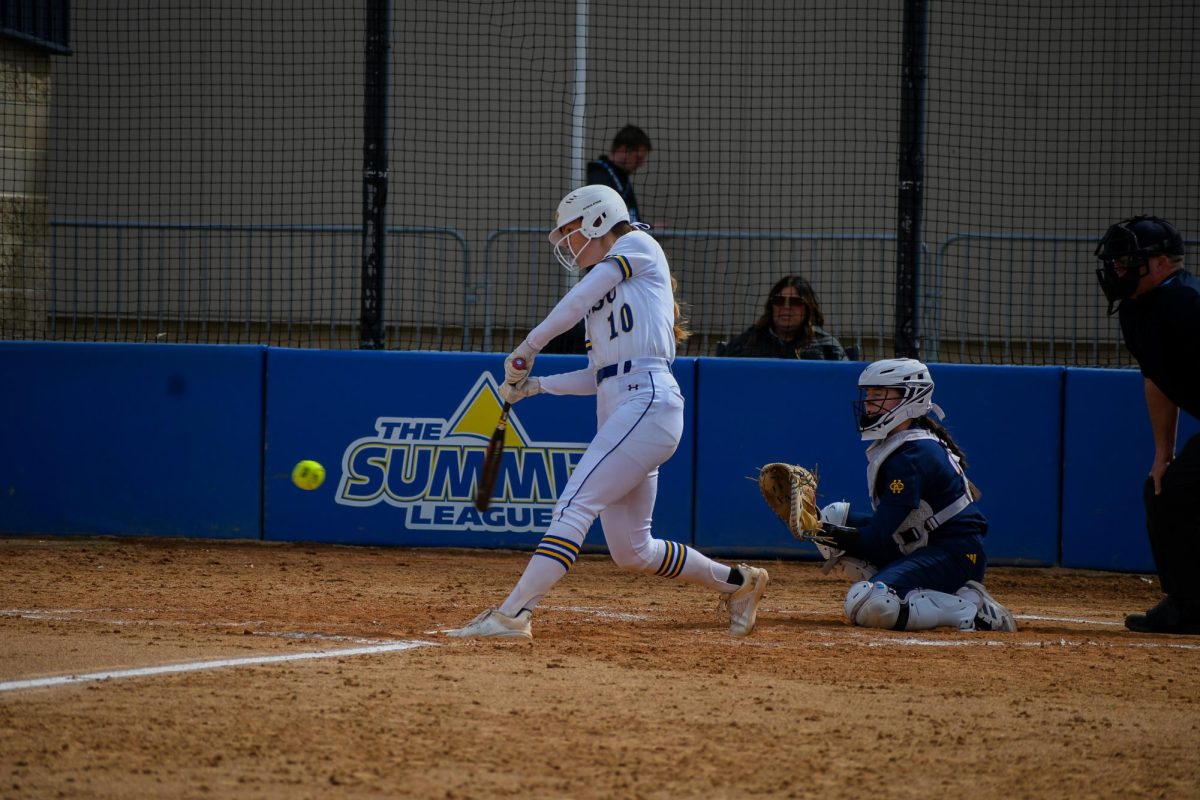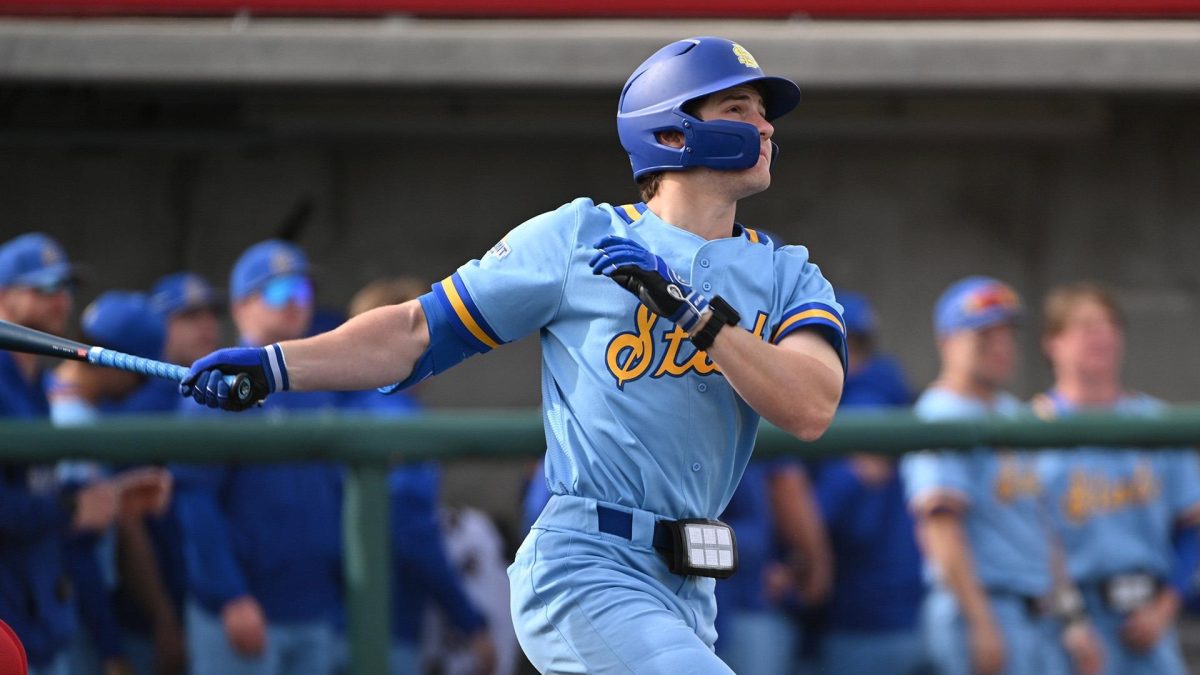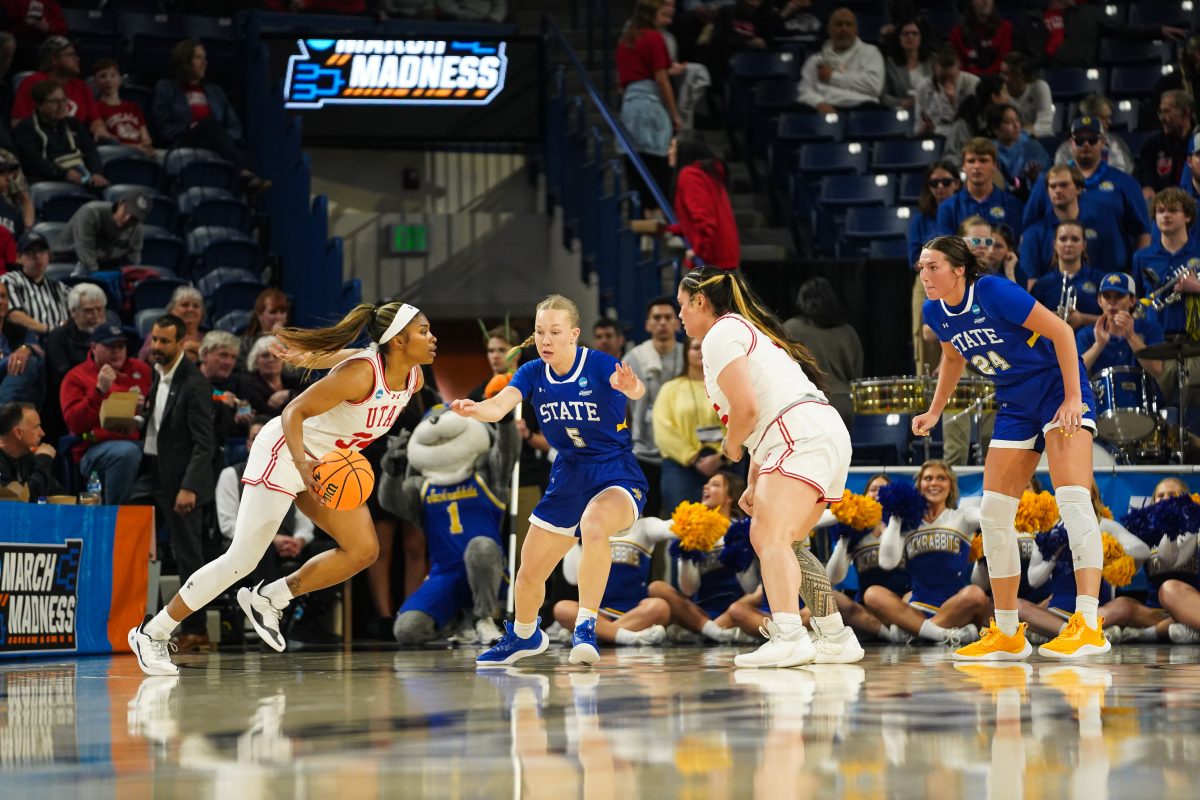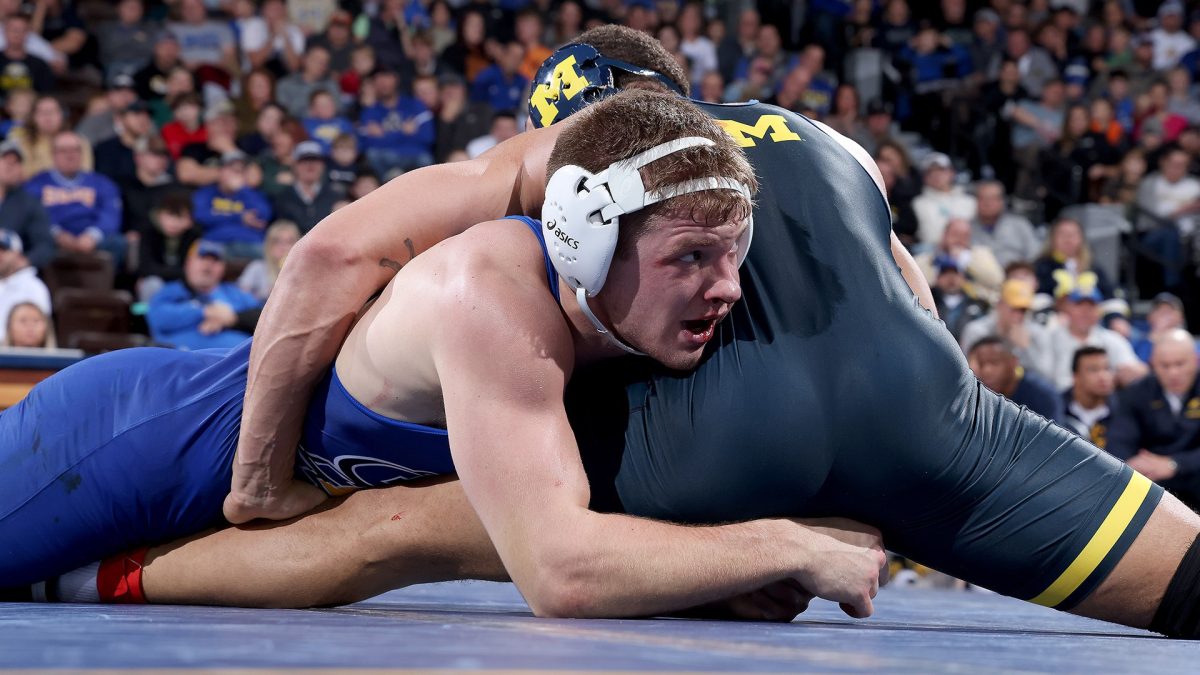ROTC program provides leadership experience
April 6, 2016
When Andrew Talley was a junior in high school, he was unsure what he would like to do next. A thought sparked in his mind, and it changed his life.
Talley thought the best option was to serve the country, so he enlisted in the National Guard and completed his basic training. After returning from Afghanistan in 2011, he decided to come to college and continue to fulfill his goal.
Talley is currently the battalion commander of the SDSU Army ROTC, president of the University Program Council and also a member of the National Guard.
It could sound intense for a person to have two leadership positions as well as be military personnel, but to Talley, “It’s all about time management,” he said.
As a Simultaneous Membership Program (SMP) member, Talley is both a student in SDSU’s ROTC program and National Guard. As an engineer, his job is mostly building bridges in the summer. During the school year, in addition to his regular classwork, he does physical training at 5:45 a.m. three times a week, attends military science class on Tuesday and Thursday and military drill at a National Guard station once a month.
Talley does not let his busy schedule take all of his time. He is still able to hang out with friends when he likes.
“Once you get a handle on time management, you will learn how to factor in those things. You do more work here to have more time here,” Talley said.
After completing the ROTC program, Talley will serve as a lieutenant in the army and start leading troops, which he’s always loved to do.
Elizabeth Kolar, a military graduate, said the ROTC program’s goal is to develop students to become leaders in both their military and civilian lives.
ROTC stands for Reserve Officers’ Training Corps.
“What kind of sets students apart a little bit is the intensity of the leadership training they get through the program,” Kolar said.
The students involved are required to take military science classes, which range from one-credit hour in the freshman year to four-credit hours in their senior year.
Cadets also need to do physical training three times a week in the morning from 5:45 a.m. to 7 a.m.. Some of the activities include push-ups, sit-ups, long runs and rucksack marches. At the end of the month, there is a Physical Fitness Test (PFT) to asset the cadets’ physical abilities. It requires them to complete certain exercises in an allotted amount of time.
There are different standards regarding their genders, Kolar said. For female cadets in the age of 17 to 24, the maximum score for push-ups is 42 in two minutes. But this is just a passing score for their male counterparts.
Cadets also go on a field training exercise once per semester, where they are provided M16 rifle trainings and attend a leadership lab once a month in order to learn how to prepare new cadets in the next semester.
Besides regular trainings, cadets are also involved in volunteer activities, Kolar said. They provide security aid at Swiftel Center events, color guard at SDSU football and basketball games and also fire the Culver’s Cannon at football games.
Chelsey Cahoon, an ROTC cadet and nursing major, said the ROTC program gives her many benefits.
“It gives you lifelong relationships, helps you with college assistance, paying for books and other expenses,” Cahoon said. “It also secures your job for the future and your life after college.”
There is no major selection when a student decides to join ROTC, Cahoon said. There are a variety of majors including nursing, agricultural business, physical training, sociology and engineering.
When students make the decision to join ROTC, they are doing more than just serving their country.
“It means they’re interested in serving the country, bettering themselves and get leadership skills,” she said, “They are also making a commitment with our program.”

